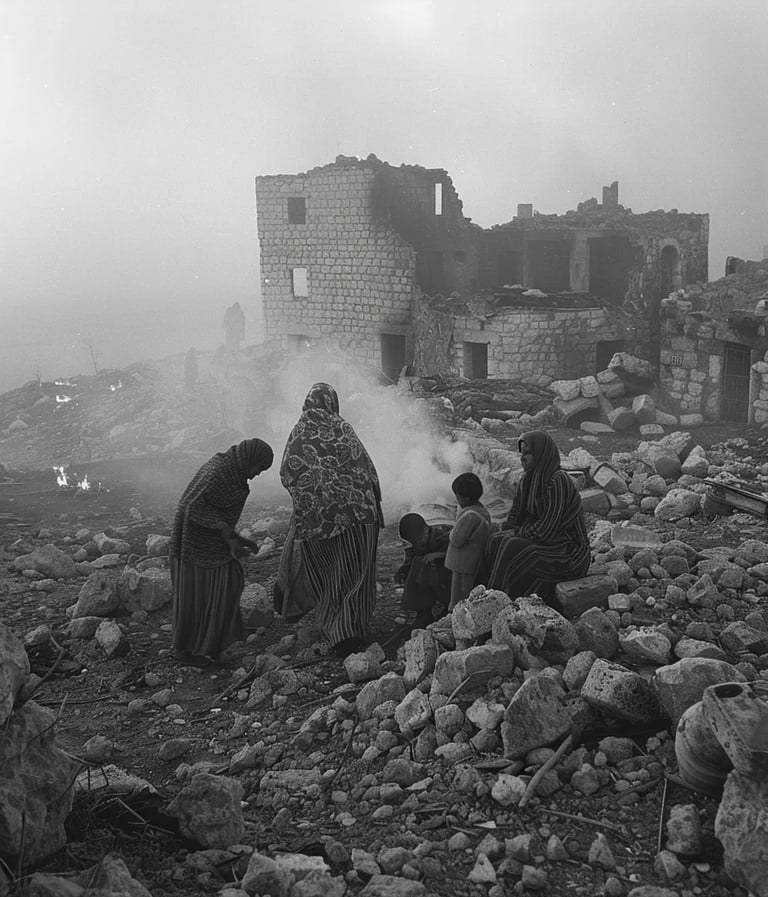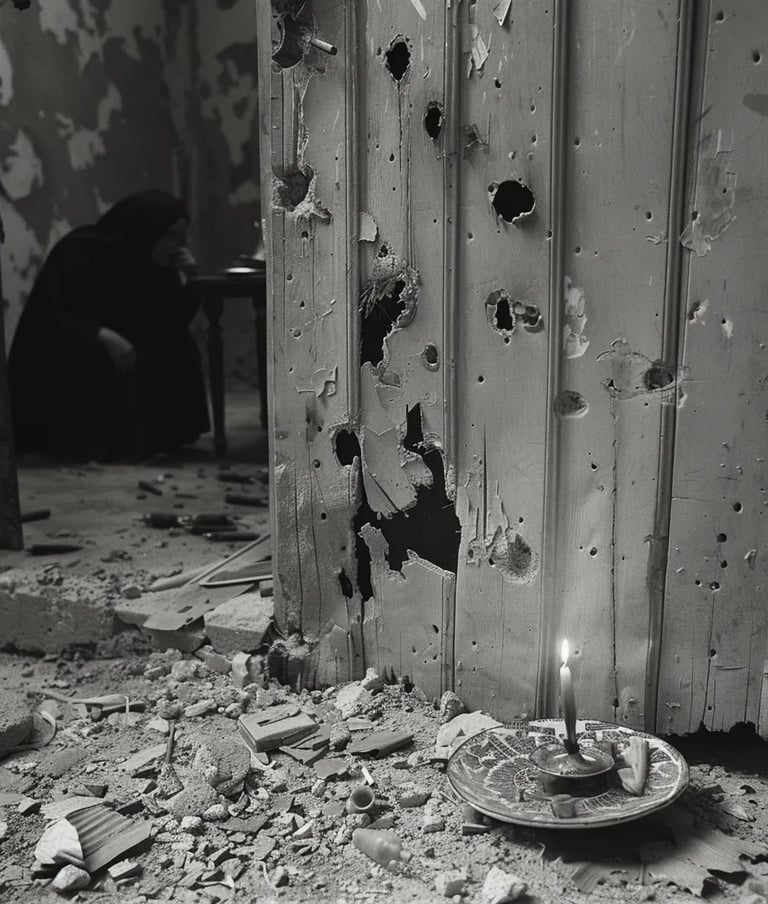William, Duke of Normandy, defeated King Harold II at the Battle of Hastings, securing his claim to the English throne. This decisive battle marked the beginning of Norman rule in England, leading to profound cultural and political changes. The Normans introduced feudalism, reshaped governance, and influenced the English language, customs, and architecture, leaving a lasting impact on the nation’s development.
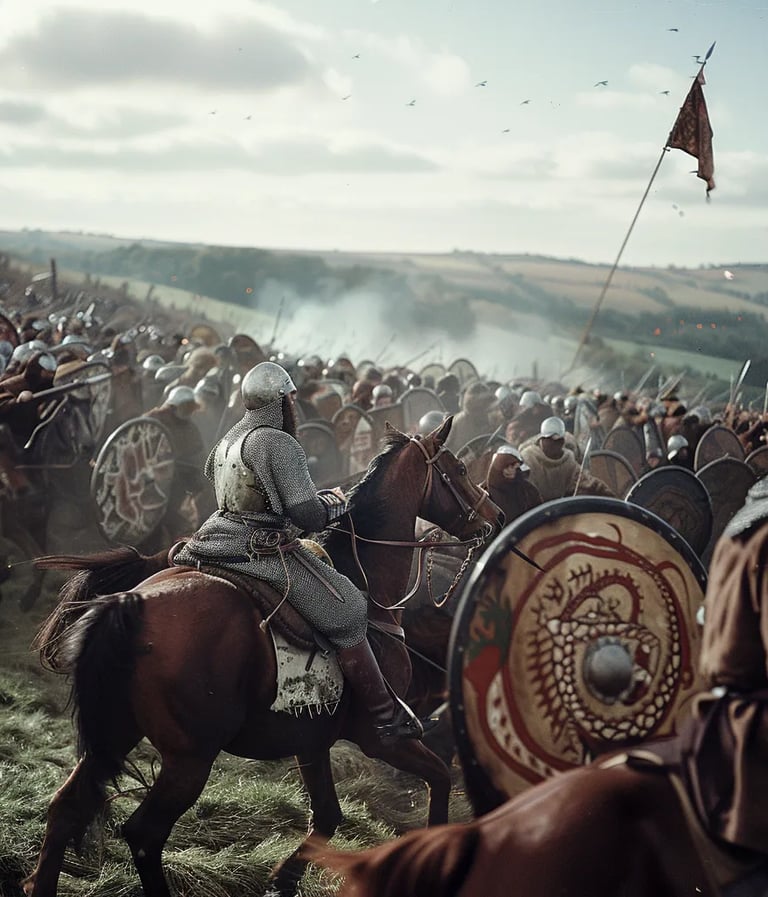

1066 – Battle of Hastings


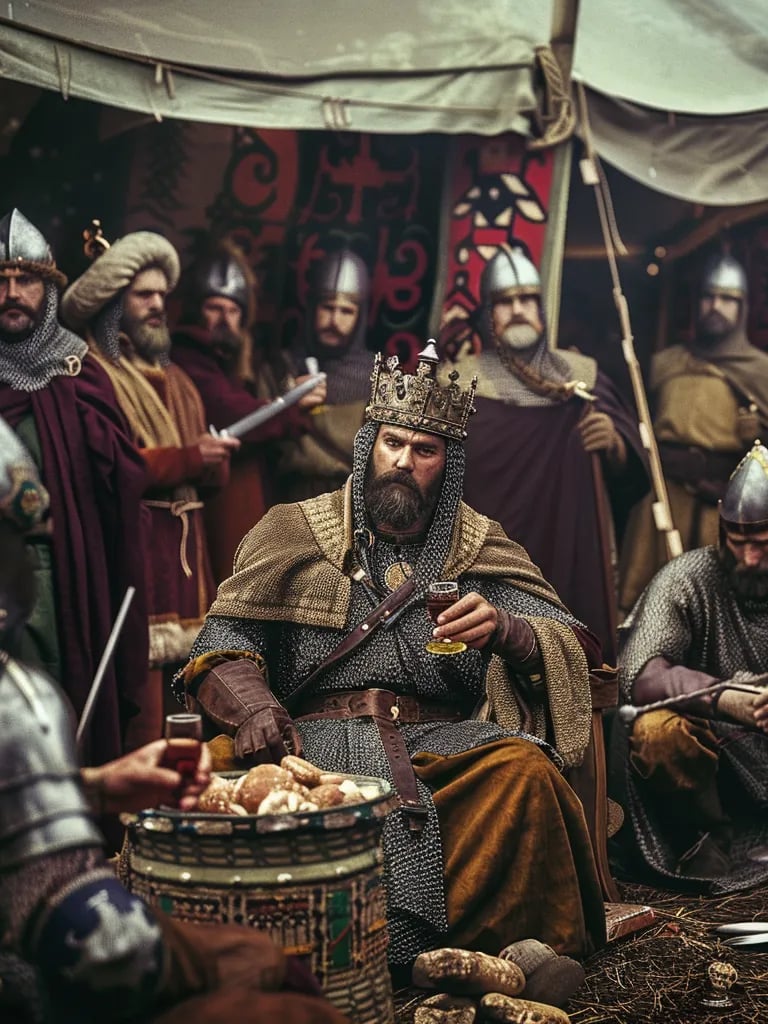

Mary, Queen of Scots, was tried for treason after being implicated in the Babington Plot, a conspiracy to assassinate Queen Elizabeth I. Accused of seeking to seize the English throne, Mary was found guilty despite her protests. Her conviction led to her execution in 1587, marking a crucial moment in the power struggle between Catholic and Protestant factions in England.
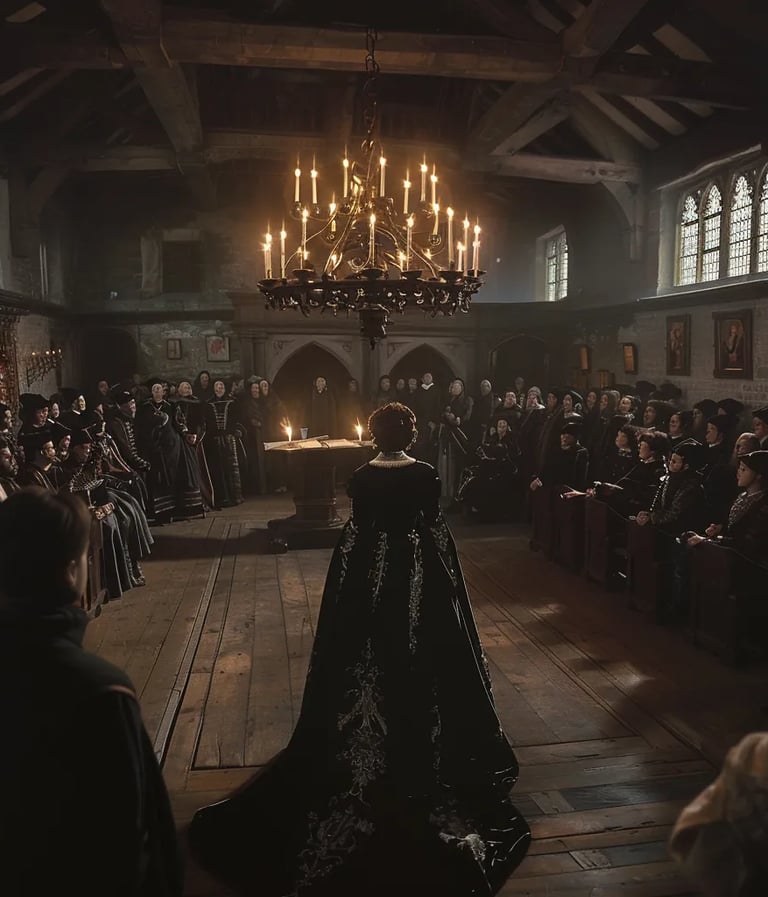

1586 – Trial of Mary, Queen of Scots


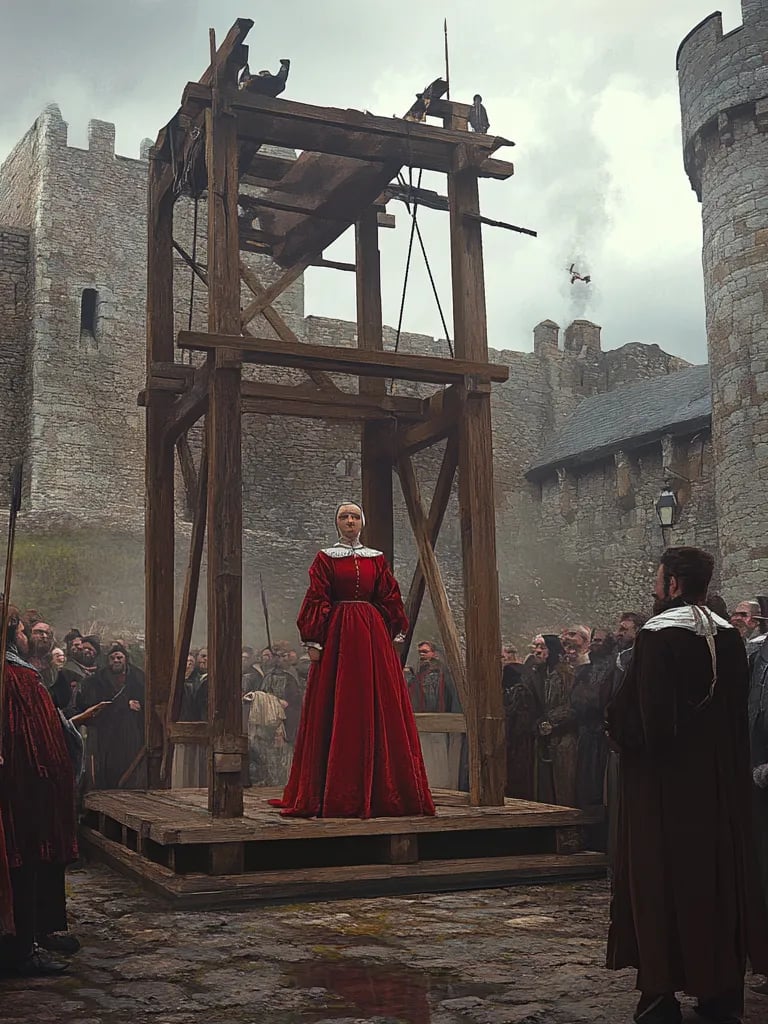

As part of growing resistance against British taxation, American colonists in Annapolis, Maryland, burned a shipment of British East India Company tea. This act of defiance followed the Boston Tea Party and was a reaction to the Tea Act, which imposed unfair trade restrictions. The destruction of the cargo fueled tensions between Britain and the American colonies, leading toward the Revolutionary War.
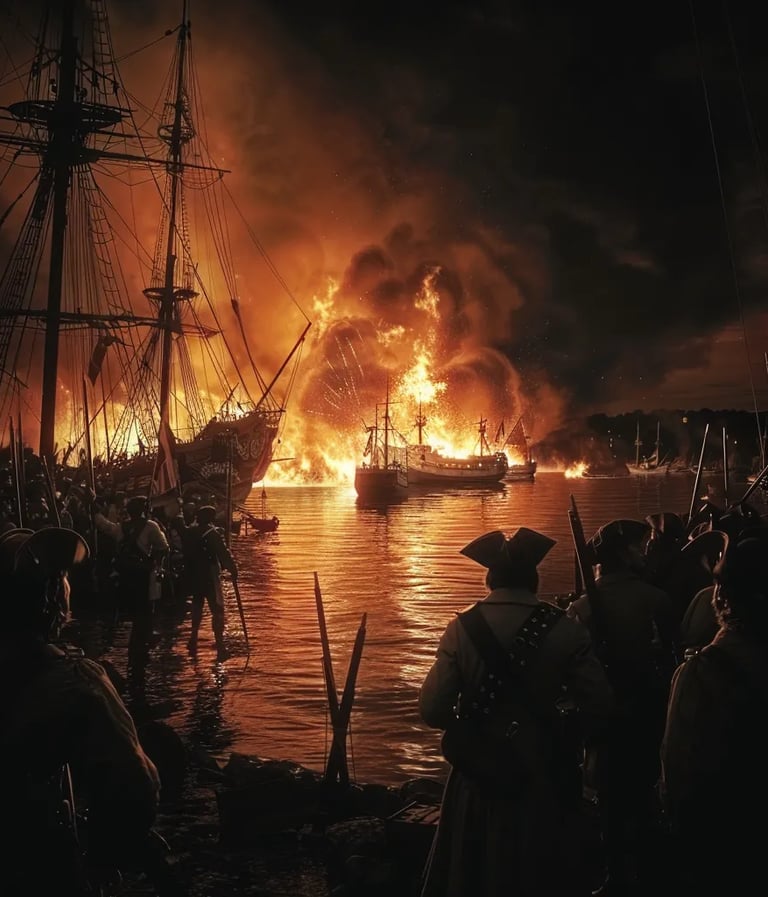

1773 – Tea Cargo Burned in Annapolis
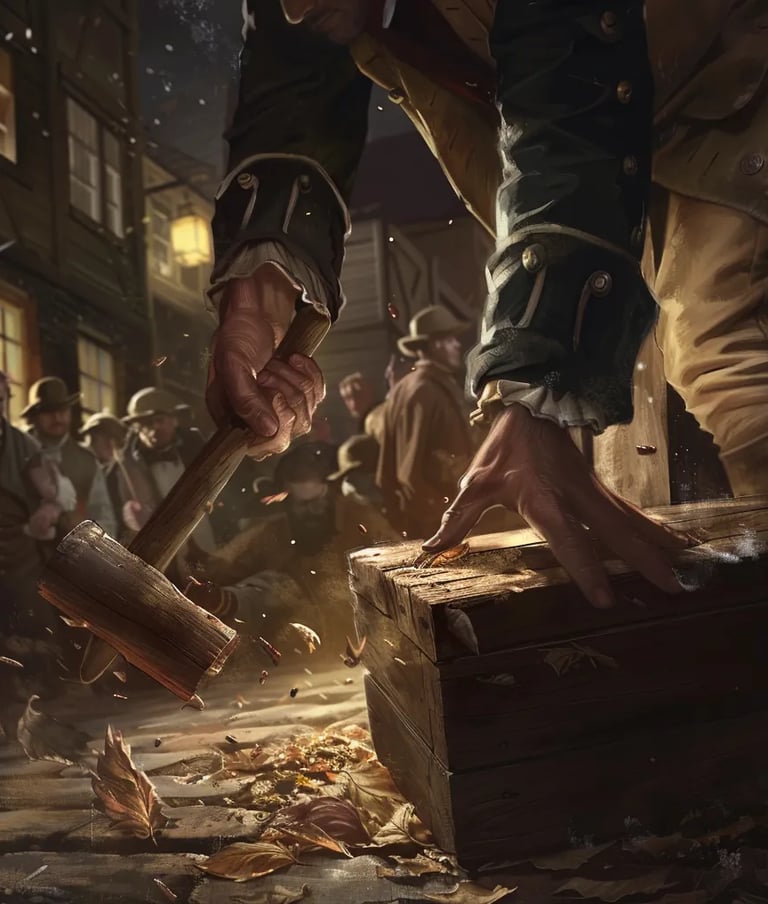

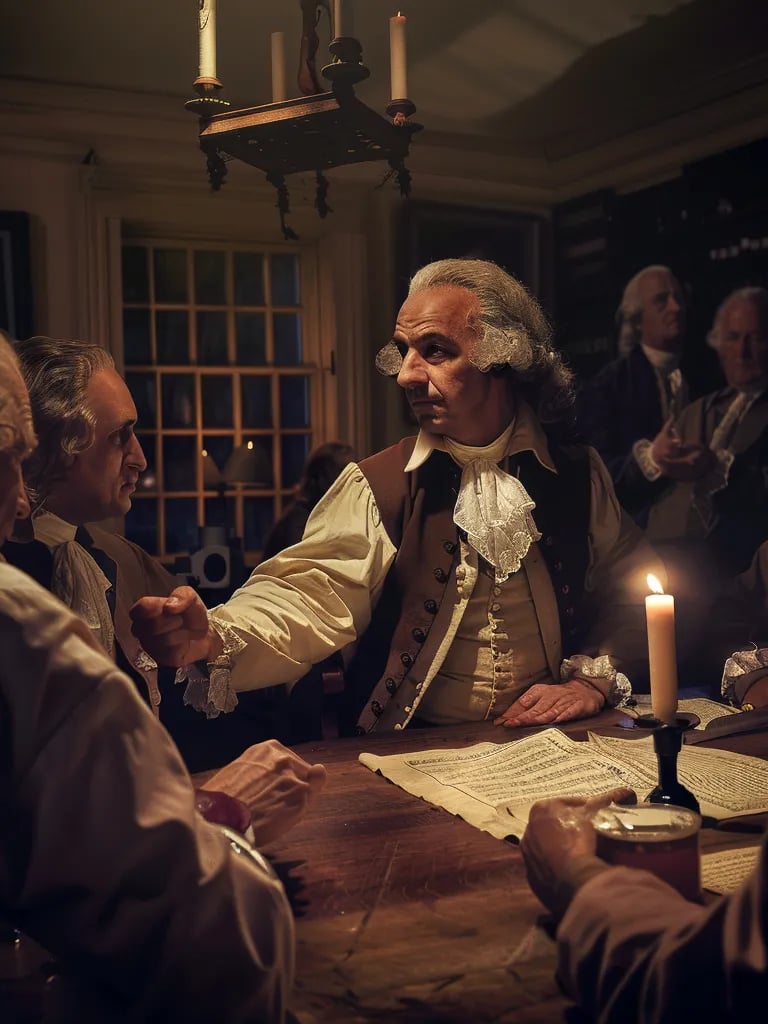

The University of the Punjab was established in Lahore, becoming one of the oldest and most prestigious higher education institutions in South Asia. It played a crucial role in academic and intellectual development, producing scholars and leaders. Today, it remains a leading institution in Pakistan, contributing to research, innovation, and higher education in various fields across the country.
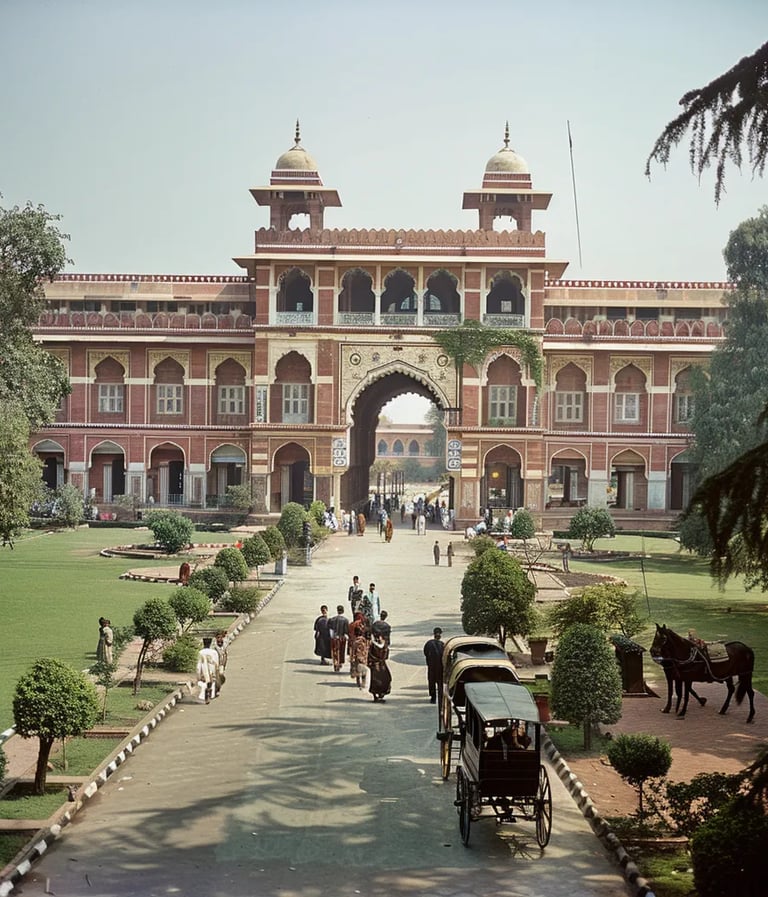

1882 – University of the Punjab Founded




Israeli forces carried out a raid on the Palestinian village of Qibya, killing 53 civilians and destroying homes in response to attacks on Israeli settlements. The military action was condemned internationally and intensified regional tensions. This event remains one of the most controversial moments in Israeli-Palestinian history, highlighting the ongoing cycle of violence and the complexities of the Arab-Israeli conflict.
